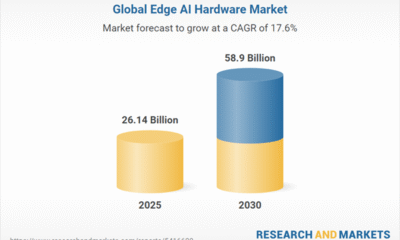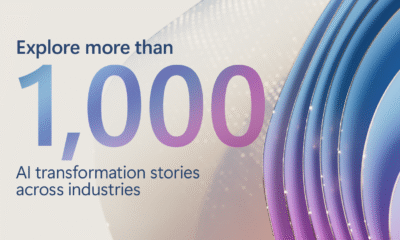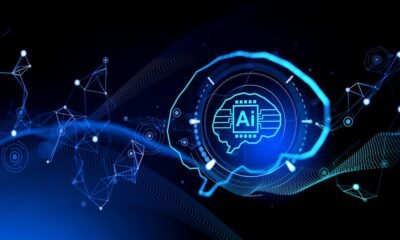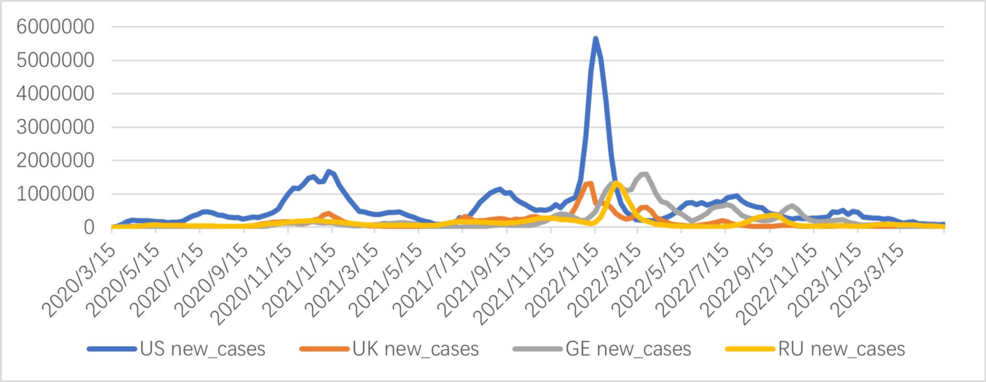AI Insights
Roundtable Discussion: Software vs. Hardware
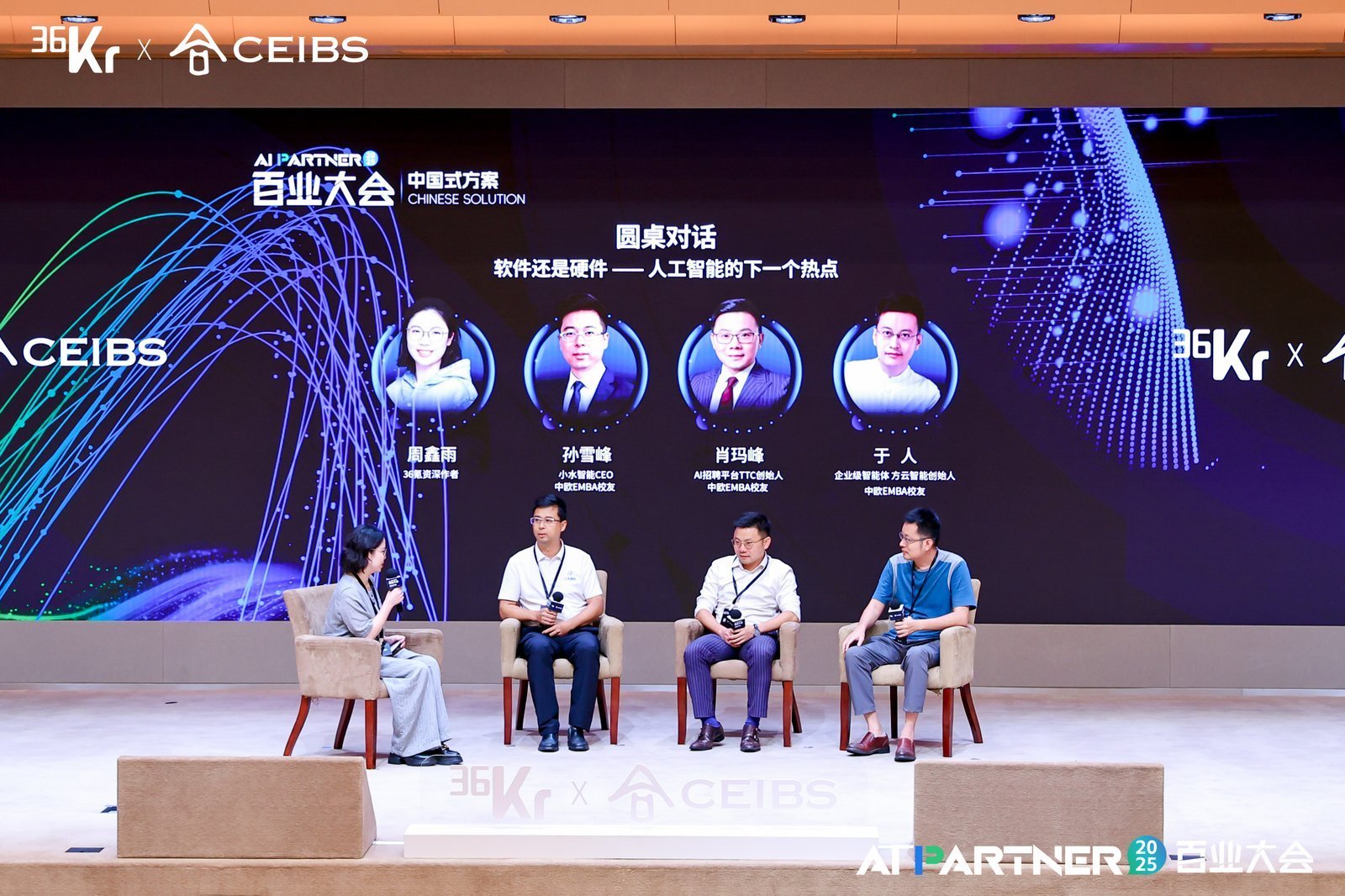
From technological breakthroughs to industrial implementation, from policy support to global cooperation, the “Chinese solution” is reshaping the global technology industry landscape with its unique “technology + scenario + ecosystem” model. At this critical juncture, the industry faces core questions: How can the “Chinese solution” continue to empower various industries in a more in – depth manner? And how will Chinese AI companies redefine the boundaries of “scenario – based intelligence”?
On August 27th, the 2025 AI Partner Conference for All Industries, jointly hosted by 36Kr and the China Europe International Business School, grandly opened at the Zhongguancun Software Park in Beijing. The conference, themed “The Chinese Solution”, consists of two major chapters: “The Chinese Solution” and “Who Will Define the Next AI Era”. Centering around four major topics – “The Golden Age of Chinese Innovation”, “Can Super – intelligent Agents Become the Core Form of the Next – Generation AI?”, “The Chinese Solution Reconstructing the Global Tech Competition Landscape”, and “The Prosperous Integration and Innovation of AI and All Industries”, it comprehensively showcases the latest breakthroughs and the ecosystem of Chinese AI, shares the growth path and future prospects of Chinese – style AI, and explores the innovative models of the Chinese solution.
36Kr specially organized a round – table discussion titled “Software or Hardware – The Next Hotspot in AI” at the AI Partner Conference for All Industries. Zhou Xinyu, a senior writer at 36Kr [the host], Sun Xuefeng, CEO of Xiaoshui Intelligence, Xiao Mafeng, founder of the AI recruitment platform TTC, and Yu Ren, founder of Fangyun Intelligence, an enterprise – level intelligent agent company, these industry experts will discuss the next hotspot in AI under the “Chinese solution”.
Round – table discussion on “Software or Hardware – The Next Hotspot in AI”
The following is the content of the speeches, edited by 36Kr:
Zhou Xinyu: Today, we have invited three senior practitioners from different fields, Sun Xuefeng, CEO of Xiaoshui Intelligence, Xiao Mafeng, founder of the AI recruitment platform TTC, and Yu Ren, founder and CEO of Imagine Digital Technology / Imagine AI Research Institute. All of them have found unique opportunities in the AI wave. First, please introduce your company’s business and how you seized the AI opportunities.
Yu Ren: Hello everyone, I’m Yu Ren. With a technical background, I’ve been engaged in software R & D for 20 years. In 2019, I started my business focusing on enterprise digital transformation, serving enterprises such as China Mobile, China Unicom, Ping An, and Sephora. After the arrival of the AI wave, our business shifted to “custom – made AI intelligent agents for business departments”, which is essentially enterprise AI transformation consulting – helping customers sort out scenarios and implement intelligent agents. During the “blind period” of AI application, we dig out real needs through co – creation services.
Xiao Mafeng: Hello everyone, I’m the founder of TTC. We are an “AI + recruitment” company and have seized the beta opportunities in the AI field. On the one hand, we serve 1000 leading AI enterprises in China (covering chips, computing power, large models, AI applications, embodied intelligence, robots, etc.), so we understand the talent needs of AI companies. On the other hand, we are about to launch an “AI Agent product” – enabling every professional to have a dedicated AI headhunter consultant. Users can input information, and the AI will match suitable jobs. For example, alumni of CEIBS often come to me for career counseling. I hope to replicate my professional ability through an AI avatar to reduce the difficulty of job – hunting for everyone.
Sun Xuefeng: Hello everyone, I’m the CEO of Xiaoshui Intelligence. The company was founded in 2017. In the early days, we developed an AI middleware platform to empower communication enterprises and industry customers. After the explosion of AIGC, we quickly upgraded the middleware platform to a “consumer – end product driven by AI agents”. The core opportunity lies in “AI + hardware” – we chose the existing market of children’s smartwatches (with an annual sales volume of 15 million units in China). Now we clearly feel that traditional smart hardware (wearables, mobile phones, home appliances) are all looking for AI upgrade solutions, which forces us to quickly iterate our service capabilities and develop AI hardware that is “easy to understand, easy to use, and affordable”.
Zhou Xinyu: Entrepreneurship at the application layer cannot do without the support of model capabilities. What are the differences in model iteration this year compared to 2023? How should application – layer enterprises adapt?
Sun Xuefeng: We are at the Agent application layer. The core is to “stand on the shoulders of giants” – we don’t engage in model R & D but build our own MaaS layer to connect with the APIs of the world’s top models. In 2023, we mainly cooperated with Baidu. In 2024, we added ByteDance. Before DeepSeek became popular this Spring Festival, we had already made early deployments and launched the world’s first DeepSeek children’s smartwatch. The biggest change this year is the “implementation of multi – modal capabilities”: as soon as the leading APIs for text – to – image and image – to – video generation came out, we integrated them into our architecture. We found that as long as we quickly embrace good models, enterprises like ours can also develop “world – first” products. The underlying logic is to “use the one that is good and cheap”. We focus on business implementation and don’t need to worry about model R & D.
Xiao Mafeng: In the AI field, it’s very important to grasp the technological trends. In 2023, it was the “battle of a hundred models”. Many companies invested heavily in developing general models. However, when Deepseek emerged, most of the investments went down the drain. In 2024, people became more rational – general models are a game for big companies, and it’s difficult for startups. They are all focusing on specific areas. For example, Baichuan focuses on healthcare, and Baidu focuses on autonomous driving. As an AI application company, we also find that different models have their own advantages when selecting models. We can “select models according to needs”: use DeepSeek for inference, KIMI for long – text processing, and Volcengine Doubao for voice. We don’t bind to a single model. Additionally, the capital market is more rational this year. Investors are more willing to invest in projects with “strong industry background + strong engineering capabilities”. For example, projects founded by former senior executives from ByteDance are more popular than those founded by pure scientists.
Yu Ren: There are three obvious changes in model iteration this year. First, it has shifted from general to vertical. For example, both DeepSeek and GPT – 5 are emphasizing “code – writing ability”. Second, domestic open – source models are leading. The top 15 open – source models are all from China (such as those from Alibaba, DeepSeek, Zhipu, and KIMI), putting great pressure on foreign models. Third, there are fewer companies developing models, and many are turning to intelligent agents (for example, Li Kaifu, Huawei, and Zhipu have all launched intelligent agent products). For the application layer, “even if you have resources, don’t develop large models”. It is recommended to do model fine – tuning and secondary development. Moreover, the code – writing ability of large models has reduced the cost of customization by 10 times. What used to take two months of work can now be completed by experts in one or two hours with the help of AI, turning B – end customization from a “difficult task” into a “feasible option”.
Zhou Xinyu: Many AI applications have quickly achieved revenues of over ten million US dollars this year. Which fields do you think have the opportunity to make money on a large scale? Has the B – end’s willingness to pay changed?
Sun Xuefeng: The biggest opportunity lies in “AI + hardware”, especially in the incremental market promoted by national policies. The State Council’s “Artificial Intelligence +” plan clearly states that by 2027, 70% of smart hardware will be AI – enabled, and by 2030, over 90%. This is a market worth trillions of dollars. For example, we are deploying AI glasses, not ordinary ones but those combined with educational scenarios, such as “glasses for junior high school students to explain knowledge points”. Using visual multi – modal capabilities, they can accompany students in solving problems and explaining knowledge like a tutor. This kind of “vertical hardware” is a promising direction for hit products. In addition, ordinary people can also seize opportunities. They don’t need to start from scratch in hardware development. They can find mature supply chains (such as children’s smartwatch factories and massage chair factories in Shenzhen) and add AI interaction to existing products (such as building English training functions using open – source Agent platforms). First, verify in small scenarios, and then expand after having paying users.
Xiao Mafeng: There are two types of money – making opportunities. For the C – end, it depends on “human weaknesses”. There are opportunities in hardware, but it’s difficult to charge for C – end tools in China. It is recommended to go global. Overseas users are willing to pay for “cheating tools” and “AI – generated beautiful pictures”. A friend of mine made 100 million US dollars a year by developing a hardware device for voice – to – text transcription of meeting minutes overseas. For the B – end, the opportunity lies in “transforming traditional industries”. For example, in industries like doctors, lawyers, and headhunters, AI can replace some manual work. For example, using AI for initial talent screening can reduce costs while maintaining the same fees, resulting in a large profit margin. In addition, Chinese SaaS and tool – based enterprises have advantages when going global. They have strong engineering capabilities, and the labor cost is one – third of that in the United States, allowing them to outcompete overseas peers. However, it’s important to avoid “tasks that large models can directly handle”, such as AI customer service and AI programming, where the opportunities are already limited.
Yu Ren: The B – end’s willingness to pay is increasing. The core is to “pay for pain points”. First, the original informatization budget is being redirected to AI. For example, state – owned enterprises are using AI to review contract payments (15 million sets per year, a task that used to require a team of hundreds of people can now be completed by AI, and they are willing to pay millions). Second, new needs are being discovered. For example, using AI for live – stream chat interaction and private – domain conversion. The best model for the B – end this year is “customization first, then standardization”. Since AI applications are still in the early stage, customers don’t know what they need. First, co – create with customers through customization (the cost is only one – tenth of last year). After verifying the scenarios, polish the products into standard ones and then replicate them across the industry. There are 1382 small industry categories in China, and each industry has opportunities. The key is to “make the first profit and then standardize”.
Zhou Xinyu: Finally, please predict where the next hotspot in AI will be after this year. Is it software or hardware? How long will the dividend period last?
Yu Ren: The hotspots in the next five years will be “AI intelligent agents + AI – native applications”, and there are more opportunities in software. From the perspective of the technology life cycle, large models and computing power have reached the commercial standard, and the next stage will be an explosion of applications. This AI cycle will last for 40 – 60 years, and application giants will emerge around 2035. “AI – native” will be popular. It’s not about adding AI modules to existing information systems but directly using AI to serve the real world. For example, using AI in cameras to analyze risks and using AI in live – streaming for private – domain conversion. It’s not too late to enter the market now. There are more than 10 entrepreneurial directions in each industry. The key is to “start from the field you are familiar with”.
Xiao Mafeng: The dividend period will last at least 10 years, which is a greater opportunity than the mobile Internet 10 years ago. The next hotspot will be “transforming traditional industries with AI”. There are opportunities in both software and hardware, but we need to “avoid tasks that large models can directly handle”. It is recommended that everyone “quickly enter the AI field”. For example, a friend who was engaged in traditional public relations got an offer from an AI company after organizing 100 AI – related events. Entering the AI industry now is like buying Bitcoin and Tesla in 2015. Looking back from 2035, 2025 will be seen as a golden opportunity. Don’t think you are an “outsider”. The commercialization ability of CEIBS alumni is exactly what pure AI companies lack.
Sun Xuefeng: In the next 1 – 2 years, hardware will be a “high – frequency hotspot”. Once the first AI – enabled mobile phones from Xiaomi, Huawei, and Apple are launched, it will trigger a wave of enthusiasm. The AI – enabled toys from PopMart and the AI – enabled air conditioners from Gree will also stimulate the market. However, the core opportunity is “technological equalization”. Open – source hardware and open – source software (such as Coze) have significantly lowered the threshold for entrepreneurship. Ordinary people can also develop AI products (such as building an English training agent for children). The dividend period will be long. As long as you seize the opportunity of “AI + the field you are familiar with”, whether it’s acting as an agent for AI products or collaborating with the supply chain to develop hardware, there are opportunities.
Zhou Xinyu: The sharing from the three guests today is very practical. Large models are not the arena for ordinary players. The application layer should seize the opportunity of “AI + vertical scenarios”. For hardware, focus on the incremental market driven by policies, and for software, look at native applications. Ordinary people can also enter the market through the open – source ecosystem and supply – chain advantages. Thank you, three guests, and thank you, the audience!
AI Insights
Artificial Intelligence Becomes Mandatory Discipline in All Kazakh Universities
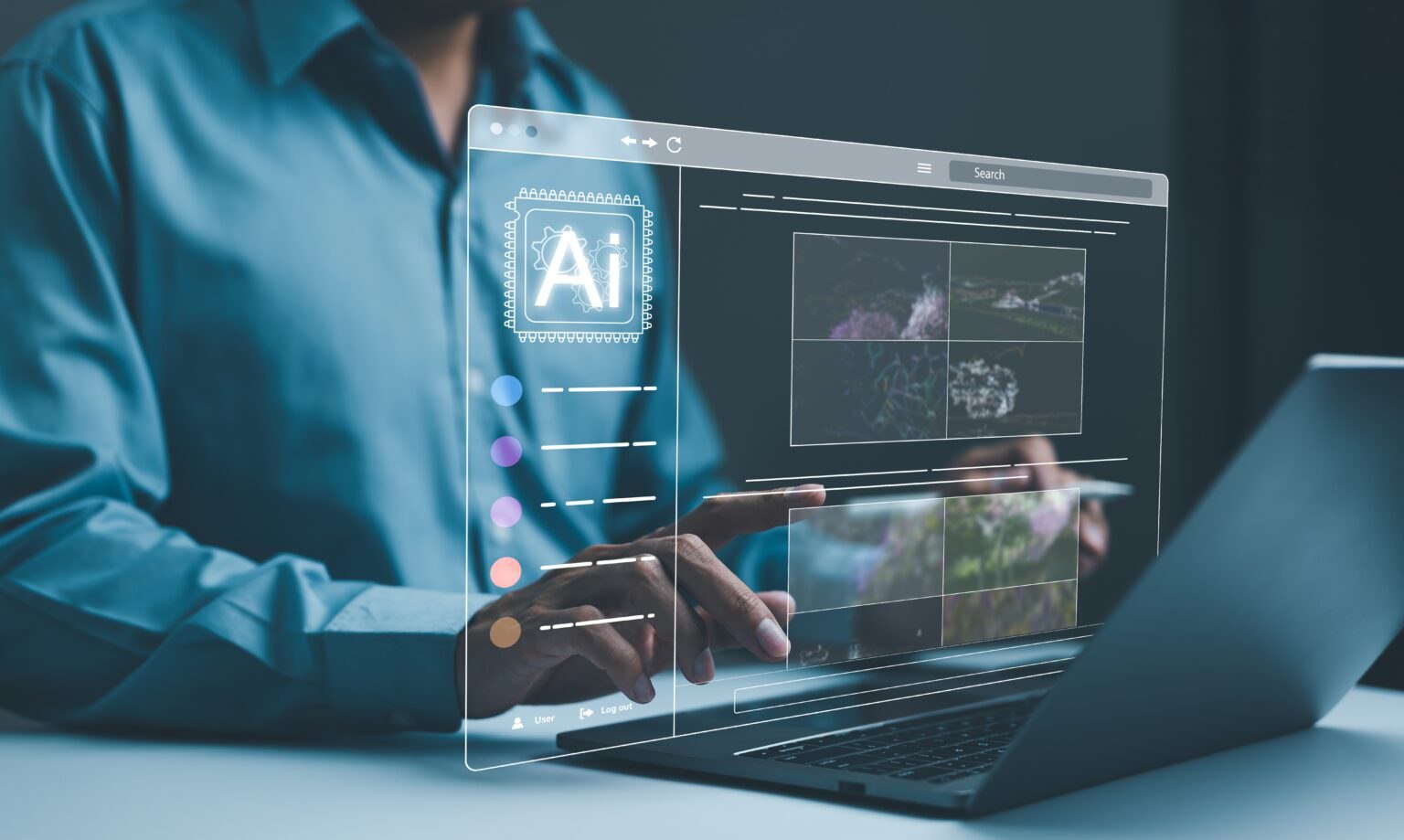
ASTANA — Artificial intelligence has become a mandatory discipline across all universities in Kazakhstan. A total of 93 universities have already integrated AI into their academic programs, while 20 institutions have launched 25 new educational tracks, said Deputy Minister of Science and Higher Education Gulzat Kobenova.
Photo credit: gov.kz
According to her, this initiative will not only strengthen the education system but also bring Kazakhstan closer to leading countries in AI adoption, such as China, Finland and the United States, reported Khabar TV channel on Aug. 28.
Starting from the new academic year, the Aisana project will be included in university curricula, enabling every student to gain hands-on experience with AI technologies. So far, 390,000 students have completed a specialized AI course, with 3,000 of them earning official certificates.
Earlier this month, President Kassym-Jomart Tokayev called for urgent action to make AI a driver of national development.
One of the largest AI projects in Kazakhstan is the creation of the Alem.ai center, which is planned to host an educational center for school children and a startup campus. The center is expected to boost exports of AI solutions to $5 billion by 2029.
AI Insights
Application and Comparative Study of Generative Artificial Intelligence for Epidemic Prediction of Coronavirus Disease
AI Insights
Brave new world of AI casts shadow over Labor Day – Sentinel and Enterprise
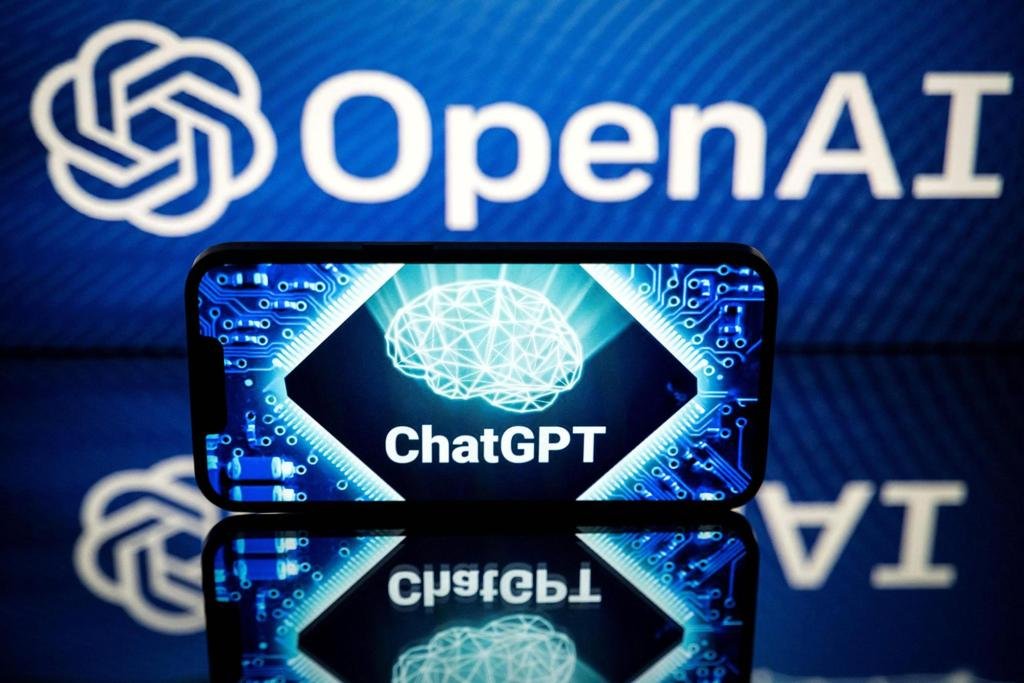
As artificial intelligence reshapes the workforce, we mark Labor Day Weekend in the AI age with both the traditional recognition of workers’ achievements and a new reflection on the future of labor.
AI’s creating a new economic dynamic that profoundly affects the workplace. On this particular holiday weekend, the impact of these changes should be a primary concern for workers and policymakers.
Leading into Labor Day, Massachusetts business and technology leaders hashed out strategies to strengthen the state’s competitive edge in artificial intelligence and tackle emerging skills gaps.
More than half of the individual skills considered core parts of the top 15 job types “could face moderate-to-high disruption from AI,” according to a report from the Massachusetts High Technology Council and the Boston Consulting Group, highlighted Wednesday during a virtual briefing.
The most immediate impacts could occur in structured jobs with repetitive routines, including office clerks and accountants, “where 40-50% of core skills are at risk of high-to-complete disruption as GenAI automates tasks like scheduling, recordkeeping, invoicing and compliance checks,” the report states.
The report also discusses how AI will redefine other traditional jobs, including health-care professionals who can use AI to flag clinical risks, educators who can use analytics to personalize instruction, and financial analysts using generative AI to detect fraud.
Ahead of the start of the school year, the Department of Elementary and Secondary Education last week released guidance on using AI responsibly in schools, including in ways that are safe and ethical.
Given this transformative shift, employers have begun recruiting workers for “bilingual roles,” which involves AI fluency in areas like AI models, AI-based automation and AI-assisted learning tools.
But the report shows Massachusetts has a “retention problem,” with only 40% of AI-trained graduates staying here, compared to 80% in New York and California, said Anna Senko, project leader at the Boston Consulting Group.
“We also know that peer states are really investing quite aggressively in AI infrastructure and workforce pipelines as well, which will increase that competition for talent,” Senko said. “So we’re at a crossroads here in Massachusetts, and it isn’t about adopting AI for AI’s sake, but really making sure that AI strengthens Massachusetts’ competitive advantage, especially in some of our top industries.”
The report recommends the commonwealth invest in the talent pipeline from K-12 classrooms to those in mid-career learning new skills; bolster shared AI infrastructure and strategic partnerships; compete for federal AI dollars; and deploy grants, tax incentives and other tools to businesses.
The 2024 economic development law allocated $100 million for the Massachusetts AI Hub. Since launching, the hub has trained teachers in using AI, taught high school students how to use Python programming language, awarded grants in sectors like health care and manufacturing, and organized workforce development programs, said Massachusetts AI Hub Director Sabrina Mansur.
In New York, Empire AI is supported by more than $500 million in public and private funding. Connecticut and New Jersey are also launching AI hubs with smaller investments, according to the report.
“We need to move at the speed of AI in business because we’re not competing sufficiently with peer states, even though we have, I think, the best mix of resources of any commonwealth or any state,” said Chris Anderson, Massachusetts High Technology Council’s president. “And therefore, we need to help push government partners to join us, to be responsive in the right areas at the right time where it makes sense.”
The report from MHTC and BCG indicates that AI will trigger a variety of job disruptions. While clerks and accountants may see the biggest impact, even cashiers, retail salespeople, registered nurses, waiters, fast-food workers, and janitors and cleaners will feel the impact.
“If you think about buildings becoming smarter, predictive maintenance schedules, space use tracking and even autonomous cleaning pods, it’s easy to see how the responsibilities and ways of working a janitor role would fundamentally shift,” BCG consultant Trula Rael said.
We’d urge the state’s brightest minds to also concentrate on AI’s generational impact on displacing countless highly educated college grads just entering the workforce.
According to a CBS MoneyWatch report, artificial intelligence is already replacing entry-level workers whose function can be performed by generative AI tools like ChatGPT.
Early-career employees in fields most exposed to AI have experienced a 13% drop in employment since 2022, compared to more experienced workers in the same fields and people in sectors relatively unaffected by the fast-emerging technology, according to a recent working paper from Stanford economists Erik Brynjolfsson, Bharat Chandar and Ruyu Chen.
The study adds to the growing body of research that confirms the spread of generative AI in the workplace has especially disrupted the job market for younger workers, the report’s authors said.
The research highlights two fields in particular where AI already appears to be supplanting a significant number of young workers: software engineering and customer service. From late 2022 to July 2025, entry-level employment in those areas declined by roughly 20%, according to the report, while employment for older workers in the same jobs grew.
As a society, we must confront this seismic workforce shift by threading the needle that accepts AI’s continually increasing role in our daily workplace lives while not leaving our next generation of skilled labor behind.
-
Tools & Platforms3 weeks ago
Building Trust in Military AI Starts with Opening the Black Box – War on the Rocks
-

 Ethics & Policy1 month ago
Ethics & Policy1 month agoSDAIA Supports Saudi Arabia’s Leadership in Shaping Global AI Ethics, Policy, and Research – وكالة الأنباء السعودية
-

 Events & Conferences3 months ago
Events & Conferences3 months agoJourney to 1000 models: Scaling Instagram’s recommendation system
-

 Business2 days ago
Business2 days agoThe Guardian view on Trump and the Fed: independence is no substitute for accountability | Editorial
-

 Jobs & Careers2 months ago
Jobs & Careers2 months agoMumbai-based Perplexity Alternative Has 60k+ Users Without Funding
-

 Funding & Business2 months ago
Funding & Business2 months agoKayak and Expedia race to build AI travel agents that turn social posts into itineraries
-

 Education2 months ago
Education2 months agoVEX Robotics launches AI-powered classroom robotics system
-

 Podcasts & Talks2 months ago
Podcasts & Talks2 months agoHappy 4th of July! 🎆 Made with Veo 3 in Gemini
-

 Podcasts & Talks2 months ago
Podcasts & Talks2 months agoOpenAI 🤝 @teamganassi
-

 Jobs & Careers2 months ago
Jobs & Careers2 months agoAstrophel Aerospace Raises ₹6.84 Crore to Build Reusable Launch Vehicle










